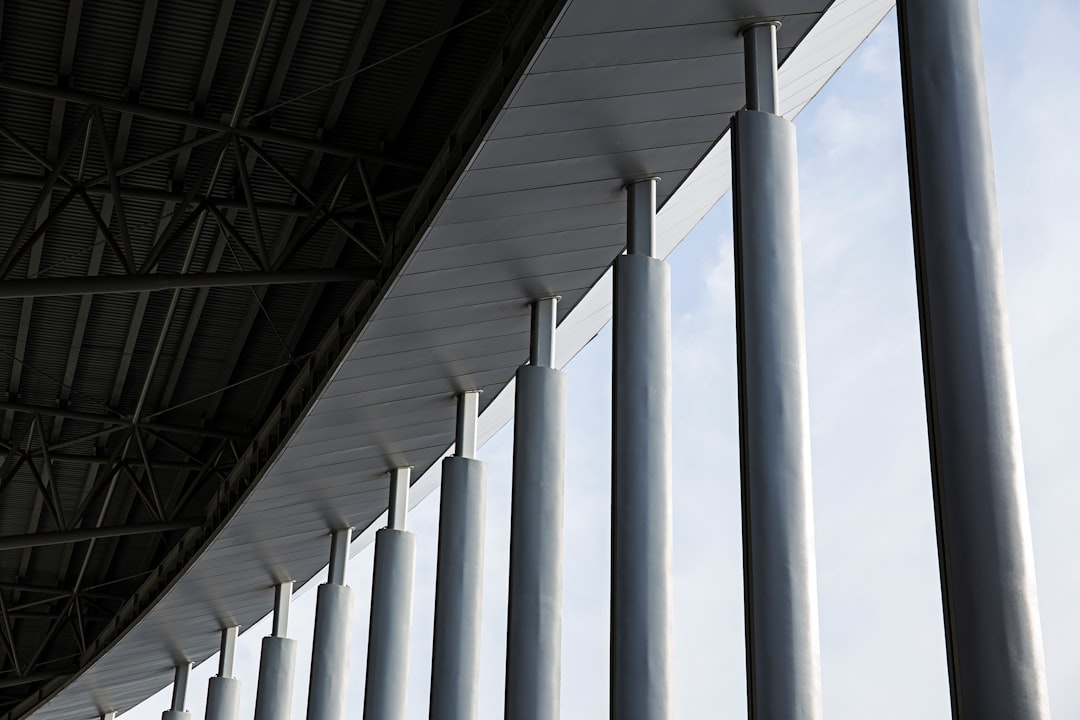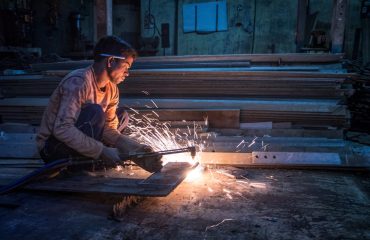Structural steel has long been a cornerstone of modern construction, providing the backbone for countless iconic buildings and infrastructure projects across the globe. Its enduring popularity stems from a compelling combination of strength, durability, versatility, and cost-effectiveness. This post delves into the multifaceted benefits of utilizing structural steel, showcasing why it remains the material of choice for engineers and architects worldwide.
Unmatched Strength and Durability: The Foundation of Resilience
The inherent strength of structural steel is arguably its most significant advantage. Its high tensile strength allows for the creation of lightweight yet incredibly strong structures capable of withstanding immense loads and pressures. This makes it ideal for high-rise buildings, bridges, and other large-scale projects where structural integrity is paramount. Furthermore, steel’s durability ensures longevity, resisting corrosion and weathering far better than many alternative materials when properly treated with protective coatings like galvanization or paint. This translates to lower long-term maintenance costs and a significantly extended lifespan for the structure.
Steel’s resilience extends beyond its ability to withstand static loads. It also exhibits exceptional performance under dynamic loads, such as those experienced during earthquakes or high winds. Its ability to absorb and redistribute energy makes steel structures significantly more resistant to seismic activity and less prone to catastrophic failure compared to other materials.
Versatility and Design Flexibility: Shaping Architectural Visions
Structural steel’s versatility is another key factor contributing to its widespread adoption. Its malleability allows for intricate designs and complex shapes, offering architects and engineers unparalleled freedom in realizing their creative visions. Steel can be easily fabricated into various shapes and sizes, including beams, columns, and other structural elements, adapting seamlessly to diverse architectural styles and project requirements. This adaptability extends to its integration with other building materials, allowing for seamless combinations with concrete, glass, and masonry.
The prefabrication capabilities of steel further enhance its versatility. Components can be manufactured off-site in a controlled environment, ensuring precision and efficiency. This reduces construction time on-site, minimizes disruption, and improves overall project management. The ability to pre-assemble sections also facilitates easier transportation and installation, especially for projects in remote or challenging locations.
Cost-Effectiveness and Time Savings: Optimizing Project Budgets
While the initial cost of structural steel might seem higher than some alternatives, its long-term cost-effectiveness becomes evident over the project’s lifespan. The rapid construction speed enabled by prefabrication and efficient on-site assembly translates into significant time savings, reducing labor costs and accelerating project completion. This faster turnaround time can lead to earlier occupancy and quicker return on investment.
The durability and low maintenance requirements of steel further contribute to its cost-effectiveness. The reduced need for repairs and replacements over the structure’s lifetime significantly offsets the initial material costs, making it a financially sound choice for long-term projects.
Sustainability and Environmental Considerations: Building a Greener Future
Contrary to some misconceptions, structural steel is a remarkably sustainable building material. Steel is 100% recyclable, and the recycling process consumes significantly less energy than producing virgin steel. This contributes to a reduced carbon footprint and minimizes the environmental impact of construction. Furthermore, the durability of steel structures reduces the need for frequent replacements, further minimizing resource consumption and waste generation.
Modern steel production processes are also becoming increasingly environmentally friendly, with a focus on reducing emissions and improving energy efficiency. The use of recycled steel in new construction further enhances the sustainability profile of this material, contributing to a circular economy and minimizing the depletion of natural resources.
Safety and Reliability: Ensuring Structural Integrity
The inherent strength and predictable behavior of structural steel contribute to enhanced safety and reliability in construction. Its ability to withstand extreme loads and resist various environmental factors ensures the structural integrity of the building, protecting occupants and assets from potential hazards. Furthermore, steel’s design flexibility allows for the incorporation of advanced safety features, such as seismic dampeners and fireproofing systems, further enhancing the overall safety of the structure.
Rigorous quality control measures throughout the steel production and fabrication processes guarantee the consistent quality and performance of the material. This ensures that the final structure meets the required safety standards and provides a reliable and secure environment for its users.
In conclusion, the benefits of structural steel extend far beyond its inherent strength. Its versatility, cost-effectiveness, sustainability, and commitment to safety make it an indispensable material in modern construction. From skyscrapers to bridges and industrial facilities, structural steel continues to shape our built environment, providing robust, durable, and sustainable solutions for generations to come.
Tags: structural steel, steel construction, steel benefits, building materials, sustainable building




